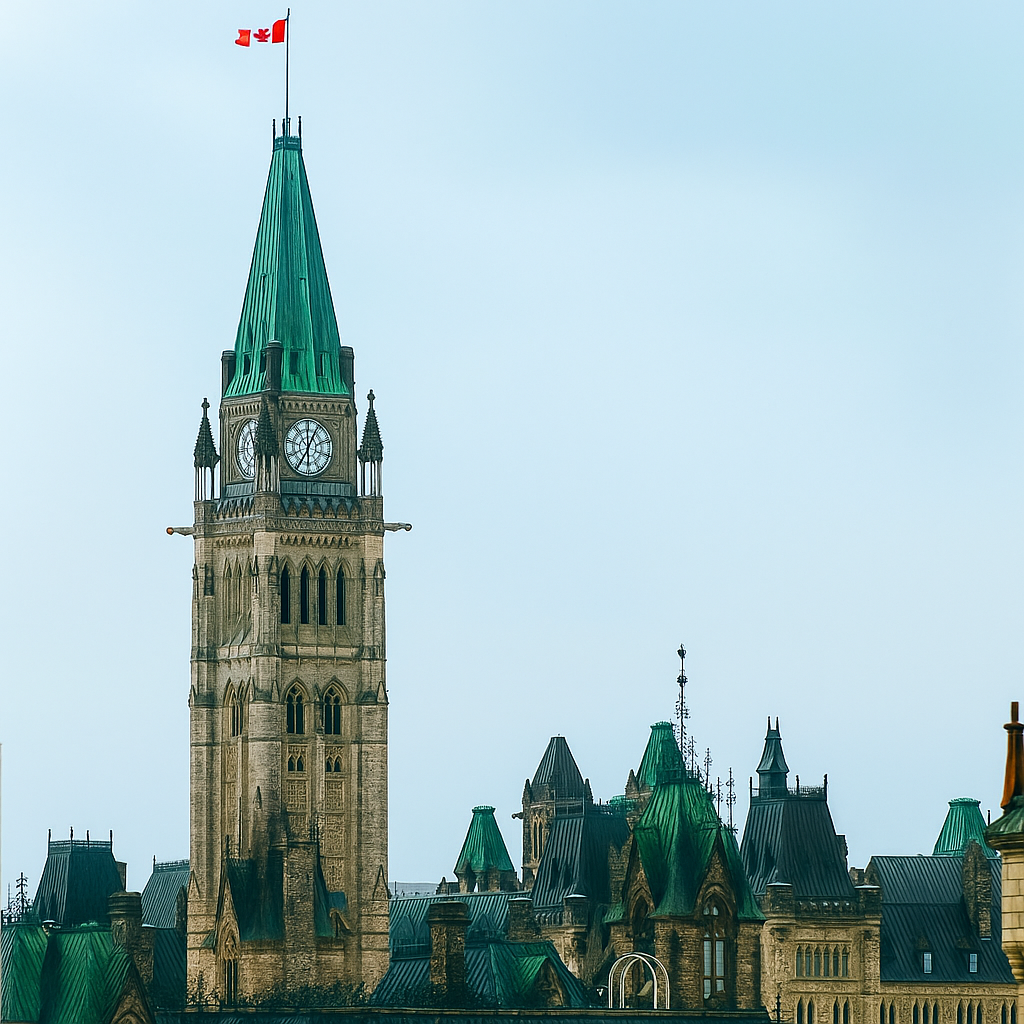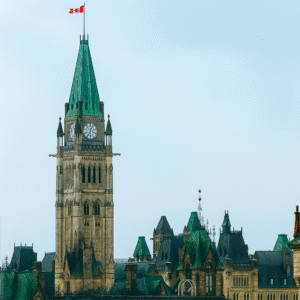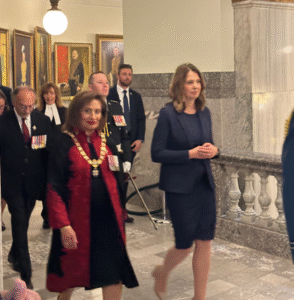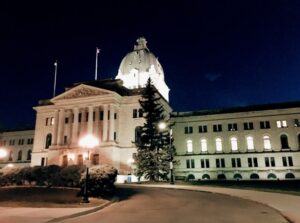Canada’s finance minister, François-Philippe Champagne, stood up in the House of Commons today to deliver the 2025/26 federal budget. This is the first budget under Prime Minister Mark Carney’s leadership and is being described by the Liberal Government as a “generational shift” aimed at transforming Canada’s economy. It comes amid a cost-of-living crisis, a simmering trade war with the U.S., and growing fiscal pressures. The government is positioning this as a pro-growth, pro-investment budget that will “define our next century.”
Here are the highlights:
- Fiscal Restraint & Deficit Outlook
The budget forecasts a $78 billion deficit for 2025–26. This includes $141 billion in new spending, offset by $60 billion in savings over five years through a Comprehensive Expenditure Review and departmental spending reductions. - Tax Reform for Competitiveness
A new tax framework is being introduced to enhance Canada’s investment climate, including modernizing the corporate tax system, streamlining credits, and aligning with global minimum tax standards to counter U.S. protectionism. - Export Diversification Strategy
A new Trade Diversification Strategy aims to reduce reliance on the U.S. by increasing non-U.S. exports by $300 billion over the next decade, with new trade missions, export financing tools, and support for SMEs. - National Infrastructure Fund
A $280 billion investment over five years will fund major “nation-building” projects, including energy corridors, transportation networks, and digital infrastructure, with a focus on productivity and resilience. - Affordable Housing Acceleration
A $25 billion investment over five years will support the construction of new homes, streamline municipal approvals, and launch a new federal housing agency, Build Canada Homes, to coordinate delivery. - Public Service Downsizing
The government will reduce the federal public service by 15% (approx. 40,000 positions) by 2028–29, primarily through attrition, hiring freezes, and departmental restructuring. - Clean Energy & Transition Support
The budget introduces a Climate Competitiveness Strategy, expands Clean Economy Investment Tax Credits, and funds renewable energy, critical minerals, and worker transition programs in carbon-intensive sectors. - Healthcare Transfers with Conditions
Federal health transfers to provinces will increase modestly, with targeted funding for mental health services, primary care access, and health system modernization. - Childcare Expansion
Additional investments will expand $10-a-day childcare, with a focus on rural, remote, and Indigenous communities, aiming to create thousands of new spaces and improve access. - Student Debt Relief
The budget enhances the Repayment Assistance Plan, increases income thresholds, and expands interest relief for low- and middle-income borrowers. - Digital Economy & AI Investment
A new National Innovation Strategy will support AI research, digital infrastructure, and tech sector growth. A new Office of Digital Transformation will lead AI adoption across federal departments. - Climate Resilience & Disaster Preparedness
Funding is allocated for wildfire response, flood mitigation, and climate adaptation infrastructure, with a focus on protecting communities and critical assets. - Support for Indigenous Economic Development
Targeted investments will support Indigenous-led infrastructure, clean energy partnerships, and business development, alongside advancing Indigenous tax jurisdiction frameworks. - No Broad-Based Personal Tax Increases
The budget avoids major personal tax hikes, instead focusing on targeted tax measures, closing loopholes, and enhancing enforcement to protect the tax base. - Defence & National Security Boost
Defence spending will increase by $30 billion over five years, reaching $81 billion, including funding for Arctic sovereignty, cybersecurity, and a new Defence Investment Agency under a revamped Defence Industrial Strategy.
The budget now enters the parliamentary debate phase. As the Liberals hold a minority government, they will need support from at least one opposition party to pass the budget. Early signals suggest the NDP may be open to negotiation, while the Conservatives and Bloc Québécois have expressed skepticism. If the budget fails to pass, it could trigger a confidence vote and potentially an early federal election.
Related Links:
We’re Here to Help
For more information and insights about what these developments mean for Canada’s political landscape, please contact:
Paul Merriman – Senior Strategy Advisor
paul@prairieskystrategy.ca
306.281.2987
Jeff Sterzuk – President
jeff@prairieskystrategy.ca
403.612.1724
Richard Truscott – Vice-President
richard@prairieskystrategy.ca
403.998.0494
To learn more about Prairie Sky Strategy, please visit our website.





